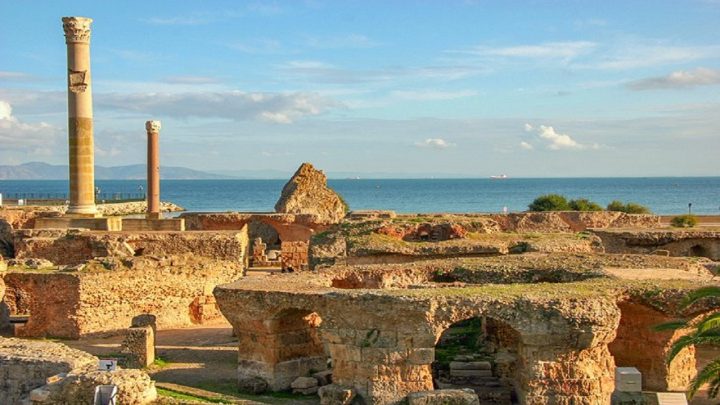20 Fascinating Facts About Tunisia
1. Tunisia is located in North Africa on the Mediterranean Sea. Due to its location and proximity to essential shipping routes, it was once an influential regional power.
3. Tunisia has been the center of several colonisations including those of the Phoenicians (as early as the 12 century BC), the Carthaginians, Romans, Vandals, Byzantines, various Arab and Berber kingdoms, and the Ottomans from the 16th to late 19th century.
4. Tunisia is part home of the largest desert in the world. The Sahara Desert, with a total area of some 8,600,000sq km (3,320,000sq mi), covers much of North Africa including Southern Tunisia.

5. Several scenes from the Star Wars movies were filmed in Tunisia. The Saharan landscape of southern Tunisia is home to several sets including the village of Tataouine, which was Luke Skywalker’s home planet, Tatooine, in the original 1977 movie.
6. Southern Tunisia was once covered with forest and savannah as opposed to sand. At the end of the last Ice Age, around 8000 years ago, the Sahara desert spread throughout the region.
7. Tunisia is home to the northernmost point of Africa, Cape Angela (Ras Angela).

8. In 1881, France invaded Tunisia taking control of its economic and foreign affairs. In 1883, Tunisia became a French protectorate.
9. In 1956, Tunisia achieved complete independence.
10. Following independence, Tunisia was led for three decades (1956 to 1987) by Habib Bourguiba, who advanced secular ideas, particularly the emancipation of women.
11. In 2010, Tunisian street vendor Mohamed Bouazizi committed suicide by setting himself on fire. His actions sparked anti-government demonstrations that led to the Jasmine Revolution which forced President Ben Ali into exile after 23 years in power.
12. The events in Tunisia sparked a wave of protests throughout the Arab world that later became known as the Arab Spring which also toppled the governments of Egypt, Libya, and Yemen.
13. Tunisia is home to the ancient city of Carthage, founded in the 9th century BC on the Gulf of Tunis. The UNESCO-listed Archaeological Site of Carthage was once the center of a great trading empire covering much of the Mediterranean.

14. Tunisia’s name derives from the capital city of Tunis, which has three possible origins: from the Berber root word “ens,” which means “to lie down” or “to pass the night,” implying Tunis was once a camp or rest stop; after the Punic goddess, Tanit; or after the city of Tynes mentioned in the writings of ancient authors.
15. The Tunisian flag has a red background with a central white disk containing a red star and red crescent. The stay and crescent have long been associated with Carthage, but have come to be associated with Muslim countries.
16. Tunisia’s holiest city is the UNESCO-listed city of Kairouan which is often referred to as the fourth holiest city of Islam after Mecca, Medina, and Jerusalem. In Islam, one pilgrimage to Mecca can be equaled by seven pilgrimages to Kairouan.

17. The capital city, Tunis, was once considered one of the greatest and wealthiest cities in the Islamic world. Today, the city center, Medina of Tunis, is a UNESCO World Heritage Site and home to around 700 monuments including palaces, mosques, mausoleums, madrasas, and fountains.
18. In 2020, Tunisia deployed a police robot or ‘robocop’ to patrol the streets of the capital and enforce the coronavirus lockdown rules.
19. The ancient remains of the Roman site of Dougga are considered the best-preserved example of an Africo-Roman town in North Africa and have also been called “the most magnificent Roman site in Africa”.
20. The largest colosseum in North Africa is in Tunisia. The UNESCO-listed Amphitheatre of El Jem was built by the Romans around 238 AD and could hold up to 35,000 spectators.


